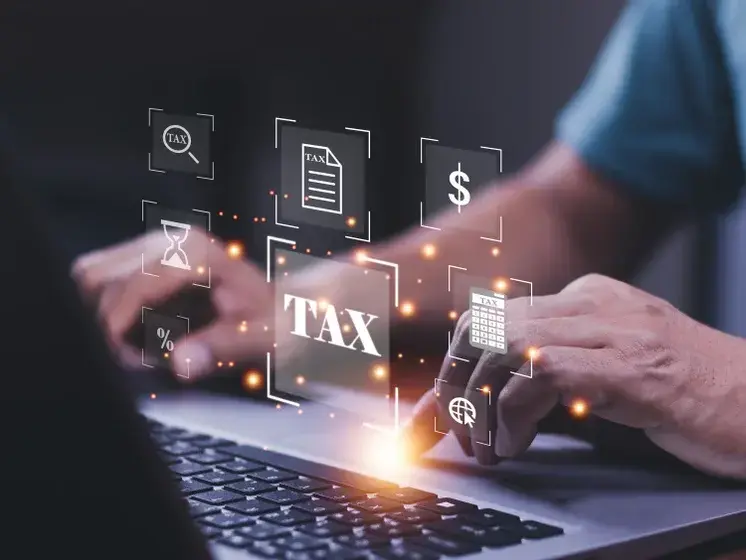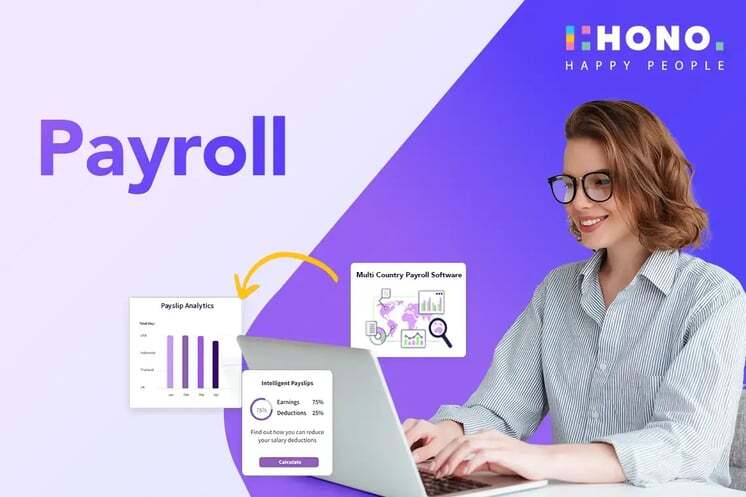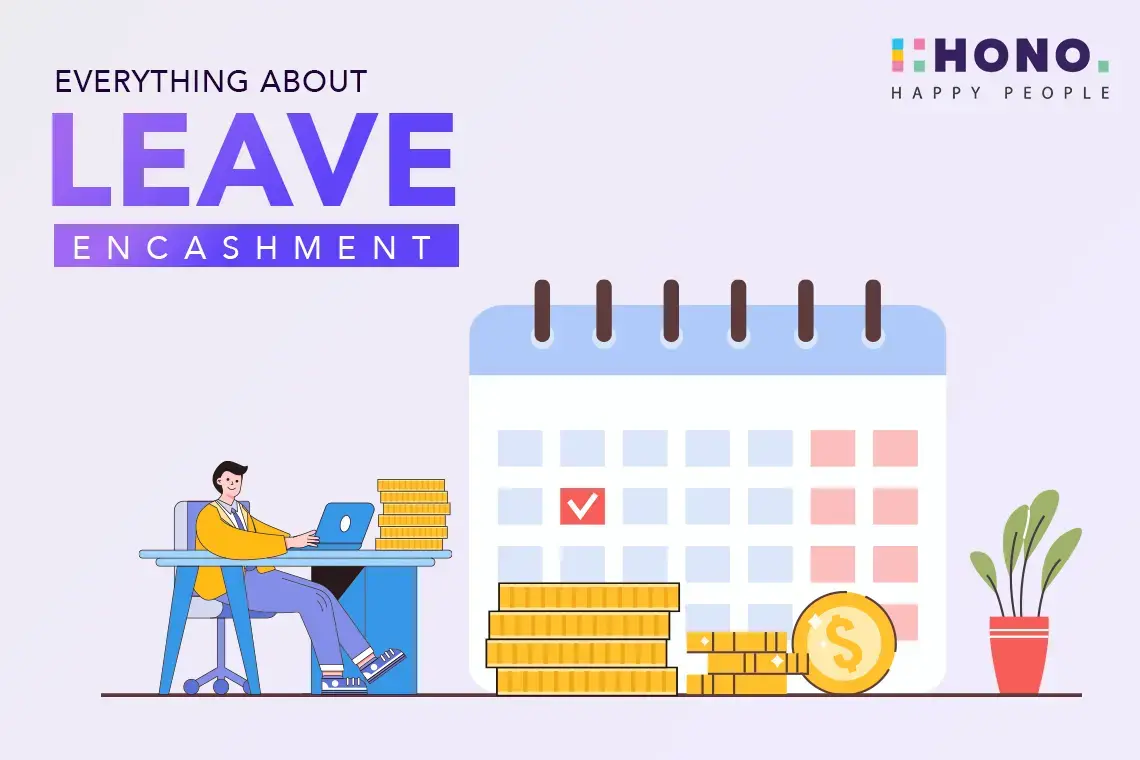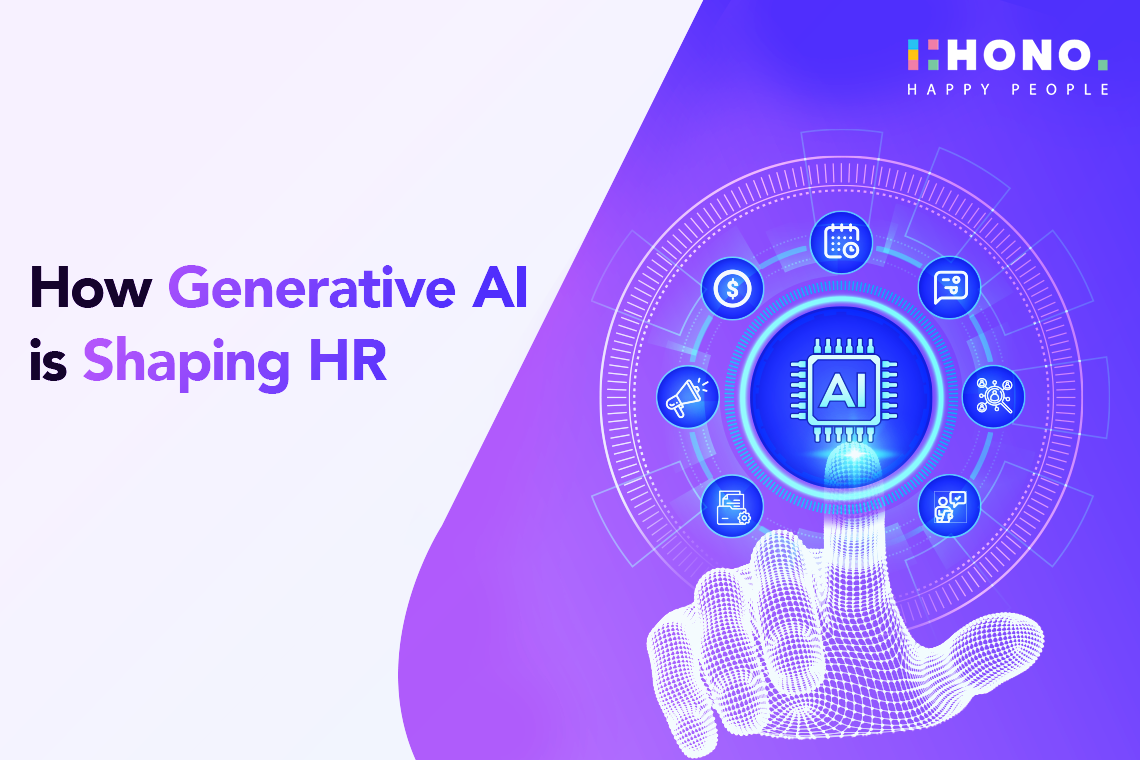Douglas Conant, a famous author and renowned business leader once said, “To win the market place, you must first win in the work place.” This thought leads us to what we can’t led slide anymore – Employee Experience at Workplaces. To broach the conversation on Employee Experience Strategy, we share our views on what employee experience is and how relevant it has become today when not even a single day passes without coming across a headline on layoffs.
Employee Experience - Build EX for Better Employee Engagement
8 mins

What is the Employee’s Pain-point?
As per a 2022 report by the World Health Organization, nearly a billion employees suffer from some form of mental disorder. Moreover, mental and emotional wellbeing have become a priority for people wherein any negative experience with respect to both impacts various aspects of employees’ lifecycle.
And as the saying goes, “You can’t cure what you don’t know.” Hence, it is imperative to dive-deeper into your employees’ perception to understand their pain-points that need to be addressed. We tend to think that employee’s pain point is usually personal and individual. However, there are various other factors related to workspaces that lead an employee through a painful journey:
- Layoff
- Burnout
- Complex Internal Communication
- Lack of Flexible Options to Work
- Lack of Career Growth Opportunities
- Inaccessible Wellness Options
- Mental Health
This calls for the need to create more awareness about employees’ pain point and shift the focus towards creating a workspace with enhanced employee experience.
When the world is laying off, let’s focus on Employee Experience
Lay off has been termed as a necessary evil in the times of economic downturn and many companies have been seen asking their employees to ship out and it is still ongoing. As an obvious reaction to the action, employees are finding themselves in painful and disruptive experience. That in turn leads to damaging employee engagement and further to damaging company profitability. Therefore, the need of best employee experience strategy is more today than ever before.
Backing employee experience up, Willis Towers Watson (WTW), a British-American MNC, came out with the results of its employee experience survey in 2021. On comparing the work scenario pre and post pandemic, WTW found out that a hundred percent of organizations believe that enhancing employee experience will be a priority in three years (2022-2025), compared to 74% who felt that way before the pandemic.
The pandemic has caused a tectonic shift in the whole idea of the EX where employees aren’t ready to accept what company offers as mass experience. The one-size-fit-all employee experiences are obsolete and there is a need to change the approach in dealing with each employee. Let’s first figure out what has changed over the years:
- Deepening Digitalization
- Growing Demand of Transparency
- The Power Relation between the Employer and the Employee
The world of work is at an inflection point and it is must be on the checklist of every business stakeholder to redraw the EX-Strategy to meet this challenge head-on.
How can Businesses Respond for Positive EX and drive productivity?
Earlier, it was the wave of great resignation that befuddled the employers on how exactly to arrest the issue. That wave came on the heels of the pandemic where employees started resigning due to the factors that included remote work, commuting, passion projects etc. These were coupled with other reasons to quit -- career progression, change career role or industry, unhappy with salary, strategy or direction of the organization.
Now, the situation has turned hostile for employees where issuance of pink slips is culminating into producing ripple effects on employee’s psyche and overall wellbeing.
This has brought to the fore the need to identify the areas that business leaders can optimize to increase productivity. The below numbers (as per Gallup, McKinsey surveys) could also be used to understand that it is better to start sooner to redesign EX strategy:
- Just 21% of employees are engaged at work.
- 33% employees are thriving in their overall well-being.
- 44% of employees feel stressed throughout the workday.
- 4 out of 10 workers showed results of burnout and stress.
- Disengaged and unsatisfied employees have cost the global economy $7.8 trillion due to low productivity.
Companies have started realizing that only granting competitive perks to their employees won’t help them bring a transformation, much-awaited, but it is all about looking beyond these material offerings. The four most important changes a company must bring in to value its workforce are:
- Coach your employees over managing them
A Gallup study once revealed that best workers want exceptional managers who catalyze outstanding performance, development and engagement through conversation.
Also, better results could be achieved by moving away from the traditional reward systems as it no longer works to retain the top talent.
- Focus on a true job fit
An easy hiring process is always a go-to for the HR space, however when we focus on finding a candidate who knows his job well, whose skills-set are truly relevant to the desired profile and the one who has a natural talent for the underlined job description – The Burn Out Issue is often ruled out.
The same Gallup Study revealed that one-third of global employees strongly agree with the statement, "The mission or purpose of my organization makes me feel my job is important." Hence, a true job fit is unequivocally a must in the present times.
- Blend employees with culture, purpose and brand of the organization
A friction-free experience is only possible when each employee in the organization connects with the culture, purpose and brand of the organization. Initiatives like synthesis sessions, transparency reports, online communication channels, events and more could be incredible to play out in favor of employees. One must remember, an employee who feels connected to the organization, will always perform better and there isn’t any need of numbers to back this belief up.
- Let Technology Enable You for Better EX
A transition from EX to 10X positive employee experience, the HR pocket needs a lot of data and insights to reconfigure their strategies. Knowing that each employee is unique, the HR needs context and preference of workers to truly understand what one needs. AI, Machine Learning and Deep Learning are today’s yardsticks that an entity must adopt to truly transform their workplace. This brings us to last leg of this article:
Technology Empowering EX
Technology has begun to define EX in new world of work and it indeed is the right way to go about it. Though it is not a cinch to adapt, adopt these without knowing the exact problem, however, with best use of available modern tech-services that are easily to deploy, an organization can truly change its people story. Employee experience survey among other tech tools is surely turning into a go-to tools for employers to drive employee engagement.
Using our examples, our products are tailored to engage, enable and transform the workplaces using the AI-backed HRMS suite. Our product features Employee Sentiment Mapping, Smoother on-boarding, Hire to Retain Service (H2RS), Quantified sentiment mapping, workforce intelligence platforms etc. have totally changed the game of people experience.
Embedding AI into HR is the talk of the town. It is also backed up by a Gartner study that highlighted that by 2025, 2 out of 5 employees engaged in non-routine tasks will rely on AI to do their jobs. Hence, the idea to take away from here is that the digital revolution has to be embedded into the HR verticals so as to increase the positive EX exponentially. All of this helps in improved employee engagement and employee productivity
Employee experience meaning is rather simple -- the journey that an employee takes in an organization, transcending through multiple touch points – job candidacy, work culture, policies, humans and the robots AKA technology, creates an experience for him/her. We call it Employee Experience (EX). A positive EX leads to:
- Better employee engagement and productivity from/of an employee
- Lower absenteeism rate
- Greater quality of work
- Better business prospects
- Low Attrition
- Loyalty towards the company
The above reasons are enough if not more to encapsulate the significance of the employee experience for any organization.
EX was a critical agenda item then, and its importance has significantly increased today. It is time to vault EX to the top of your entire business agenda. Moreover, the workforce made up of Gen Z, millennial, Gen X and baby boomers all have to be carried along while framing and reframing the best EX strategy. Because, while lay-offs are happening, it is equally important to take care of the employees who are in the organization, to drive employee engagement for better productivity.
HONO not today but years before started campaigning on how automation and fierce competition globally are transforming the nature of work. It has changed the story of businesses with its AI-enabled HRMS suite that works on dual themes of happiness at workplaces and improved employee productivity. All for better employee experience. Your transformation chapter can start today. Know more.
Request a Demo Now!
Frequently Asked Questions
HCM software automates and streamlines HR processes, making them more efficient and accurate. It provides a centralized platform for managing employee data, tracking performance, facilitating talent acquisition, and improving employee engagement. By leveraging HR management software, organizations can save time, reduce administrative burdens, make data-driven decisions, and enhance overall HR operations.
AI-driven HONO is considered the best HR software due to its innovative use of Artificial Intelligence (AI) to streamline and enhance HR processes. Here’s why. It provides actionable, data-driven insights that enable HR professionals to make informed decisions, improving overall organizational effectiveness and strategic planning. HONO automates repetitive and time-consuming HR tasks, allowing HR personnel to focus on more strategic activities, thereby increasing overall productivity and efficiency. HONO is scalable and adaptable, catering to the evolving needs of organizations, regardless of their size or industry.
Choosing the right Employee Management Software involves considering several factors to ensure it meets the organization’s needs. Here’s a guide to help you choose. Clearly define what you need the HRMS software to achieve, considering aspects like attendance tracking, performance management, and employee development. Determine a budget considering both the initial cost and ongoing expenses like subscription fees, updates, and support. Ensure the HCM software integrates seamlessly with other systems and tools used in your organization, such as payroll and attendance systems. Opt for cloud HCM with an intuitive and user-friendly interface to ensure ease of use for both HR personnel and employees. Assess the human capital management solution's security features and its ability to comply with relevant laws and regulations to protect sensitive employee data. By considering the above factors and conducting thorough research, you can select an Employee Management Software that aligns with your organizational goals and enhances overall workforce management.
.png?width=70&height=70&name=Team%20HONO%20logo-01%20(1).png)
Team HONO








.jpg)
